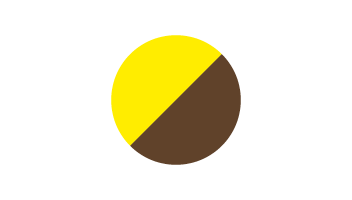Readers ask, we answer:
What does the color of my tongue say about my health?
Jerry asks: “What does the color of my tongue mean?”
Hi, Jerry! A healthy tongue is generally light pink with a rough texture — thanks to papillae, the bumps that help you taste and clean your mouth. When your tongue is another color for more than a day or two, it may have to do with your overall health.
White or gray
Our tongues commonly have a thin white coating that comes from normal debris trapped in the papillae. A thick coating, however, may indicate poor oral hygiene habits. Regular brushing, flossing and rinsing should help it go away. That said, white or gray patches can sometimes signify more serious issues, such as a fungal infection, leukoplakia, HIV/AIDS or even oral cancer.
Black
Radiation therapy and certain gastrointestinal medications may turn your tongue black. However, if your tongue has a fuzzy or hairy black appearance, it’s time to reexamine your oral hygiene and tobacco usage. Though relatively common and easily treatable, “hairy tongue” occurs when the papillae become enlarged with trapped bacteria. Limiting tobacco use and cleaning your tongue with a scrapper or toothbrush can help clear up this condition.
Yellow or brown
Nicotine turns yellow or brown when exposed to air, so tobacco use may be the culprit of an amber-hued tongue. “Hairy tongue” often first manifests as yellow before turning black.
A yellow tongue may also be a sign of more serious issues. For instance, yellow skin, eyes or tongues could suggest jaundice and underlying liver and gallbladder problems.
Red
Ever the expressive color, a red tongue can indicate a range of oral health problems. From fungal infections to diabetes and vitamin deficiencies, a red hue on your tongue is a good clue that it’s time to talk to your dentist or physician. More recently, an inflamed, red and bumpy tongue has become one of the telltale signs of COVID-19.
Blue or purple
If you’ve ever found a blue spot in your mouth near a silver filling, consider yourself part of the “amalgam tattoo” club. The spots are caused by stray particles from the silver and are painless and benign. However, a blue or purple tongue could be due to poor oxygen circulation or a blood disorder. Enlarged blood vessels under the tongue are common in older adults and may cause a blueish hue.
While the color of our tongues can sometimes point to important internal issues, they’re often just a reflection of something you’ve consumed, including food, drinks or medication. Temporary tongue and teeth staining are common and shouldn’t cause unnecessary panic.
If your tongue continues to stray from a healthy pink coloring for more than two weeks or you notice swelling or unusual lumps, consult with your dentist or physician. In the meantime, clean your tongue with a brush or scraper as part of a healthy oral care routine.
Is it OK to ignore a toothache?
Untreated toothaches can cause painful and expensive medical conditions.
How researchers are trying to put an end to overly sensitive teeth
These innovations may finally solve the problem of tooth sensitivity.











